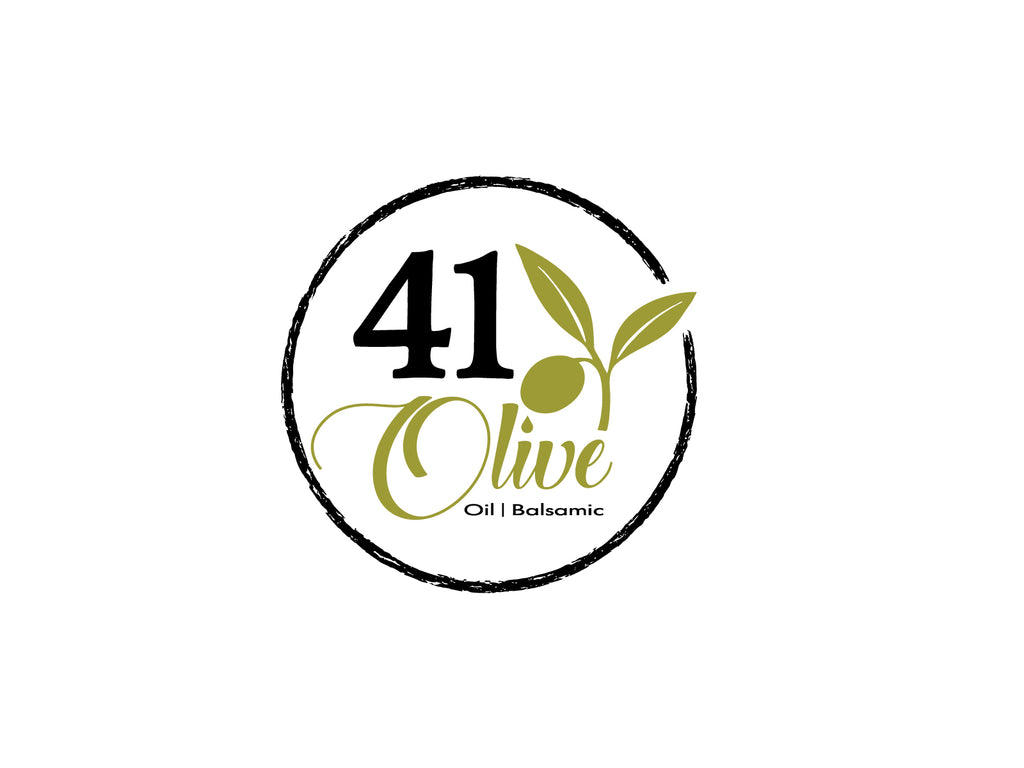Beyond Salad Dressing: Creative Ways to Use Balsamic Vinegar in Your Cooking
Balsamic vinegar is a pantry staple that is often associated with salad dressing. But did you know that this tangy and sweet vinegar can be used in many creative ways to add depth and complexity to your dishes?
In this article, we’ll explore some new and exciting ways to use balsamic vinegar in your cooking beyond salad dressing.
What is Balsamic Vinegar?
Balsamic vinegar is a type of vinegar made from grapes, primarily Trebbiano and Lambrusco grapes. The vinegar is aged in wooden barrels, which give it its distinct sweet and tangy flavor. Traditional balsamic vinegar is aged for at least 12 years and has a complex flavor profile with notes of sweetness, acidity, and woody undertones.
Beyond Salad Dressing: Creative Uses for Balsamic Vinegar
-
Glazes: Balsamic vinegar makes a fantastic glaze for meats, fish, and vegetables. Simply reduce the vinegar on the stovetop until it thickens and becomes syrupy. Brush the glaze onto your food before cooking or use it as a finishing touch.
-
Desserts: Balsamic vinegar can be used to add a unique flavor to desserts. Try drizzling a few drops of balsamic vinegar onto strawberries or vanilla ice cream for a sweet and tangy flavor combination.
-
Marinades: Balsamic vinegar makes a fantastic marinade for meats, tofu, and vegetables. Mix the vinegar with other ingredients like garlic, olive oil, and herbs to create a flavorful marinade.
-
Cocktails: Balsamic vinegar can be used to add a tangy kick to cocktails. Try mixing balsamic vinegar with gin, lemon juice, and simple syrup for a refreshing and unique cocktail.
-
Roasting: Balsamic vinegar can be used to add flavor to roasted vegetables. Toss your vegetables in a mixture of balsamic vinegar, olive oil, and herbs before roasting for a delicious and easy side dish.
-
Pasta: Balsamic vinegar can be used to add a unique twist to pasta dishes. Try tossing cooked pasta with roasted vegetables, balsamic vinegar, and Parmesan cheese for a flavorful and easy meal.
Choosing and Storing Balsamic Vinegar
When choosing balsamic vinegar, look for high-quality vinegars that are aged for at least 12 years. Traditional balsamic vinegars will be labeled as “Aceto Balsamico Tradizionale di Modena” or “Aceto Balsamico Tradizionale di Reggio Emilia.” These vinegars can be expensive, but a little goes a long way.
When storing balsamic vinegar, keep it in a cool, dark place, away from light and heat. Once opened, the vinegar should be used within a year for optimal flavor.
Final Thoughts
Balsamic vinegar is a versatile ingredient that can be used in many creative ways beyond salad dressing. Whether you’re glazing meat, drizzling it on strawberries, or using it to roast vegetables, balsamic vinegar can add a unique and delicious flavor to your dishes. Try experimenting with different ways to use balsamic vinegar in your cooking to discover new and exciting flavor combinations. Happy cooking!
